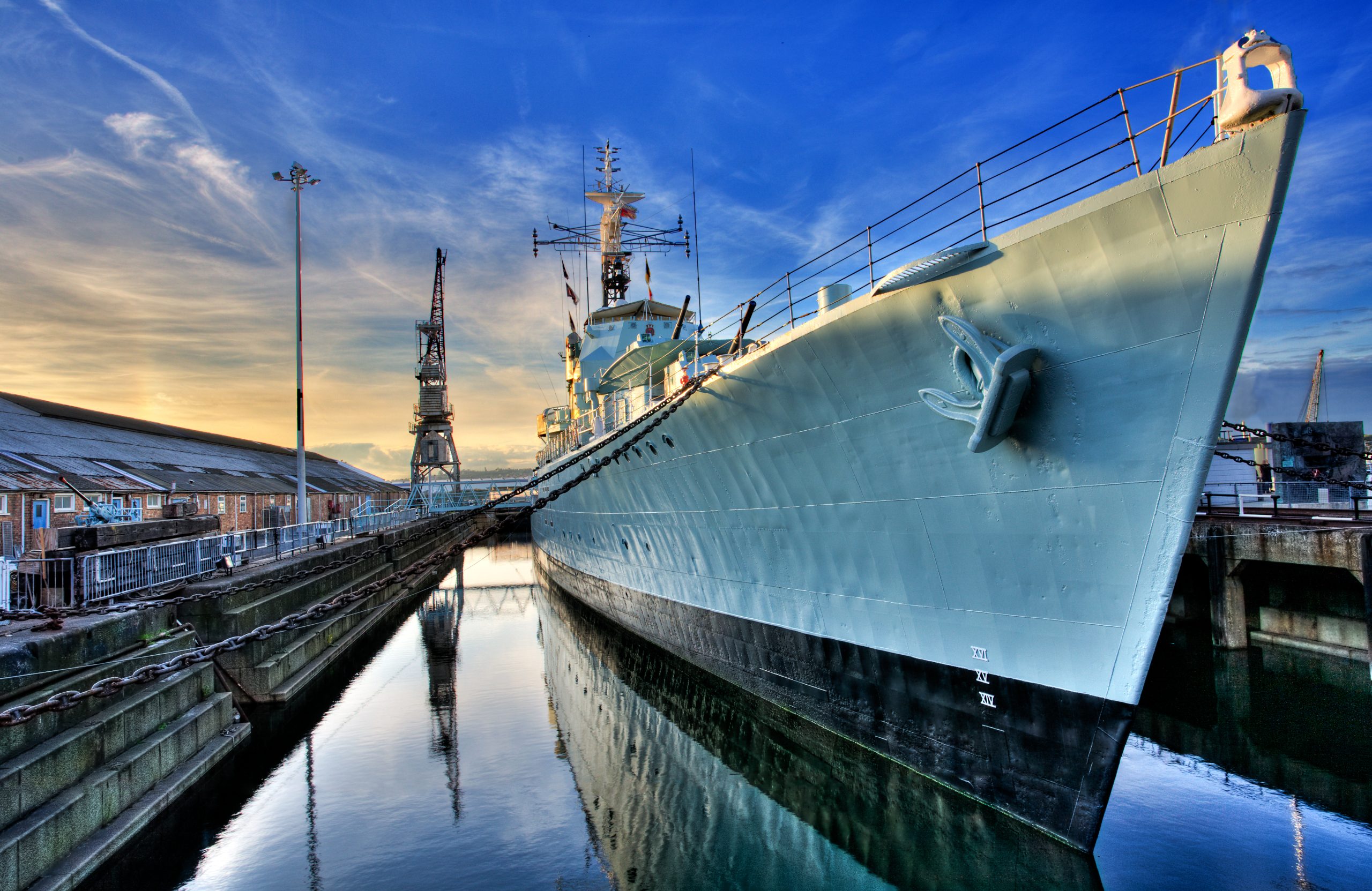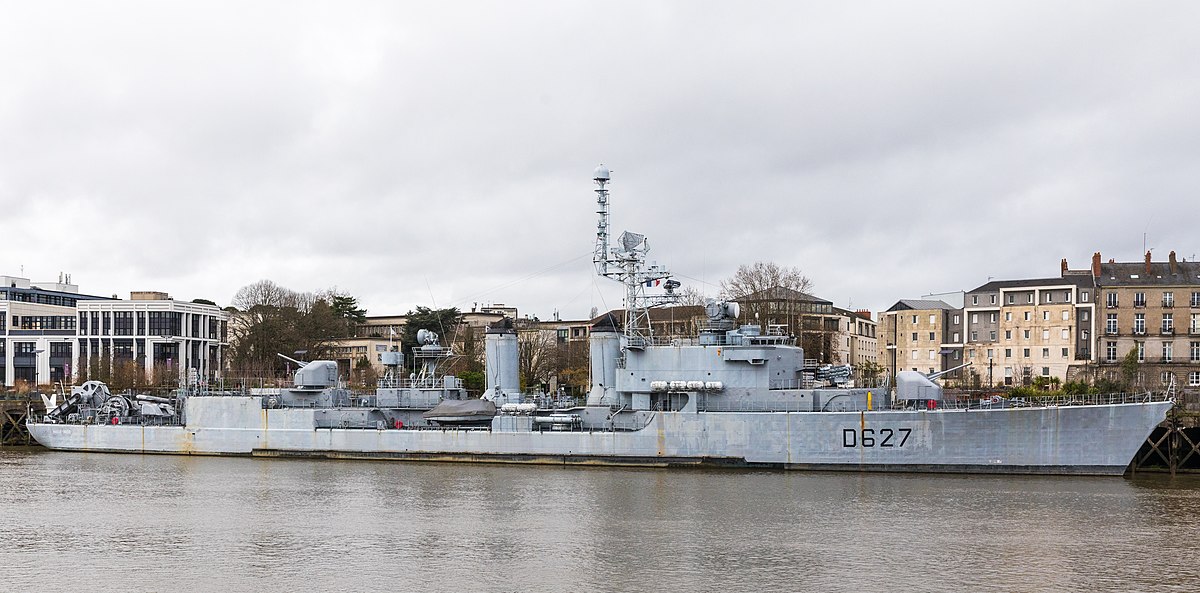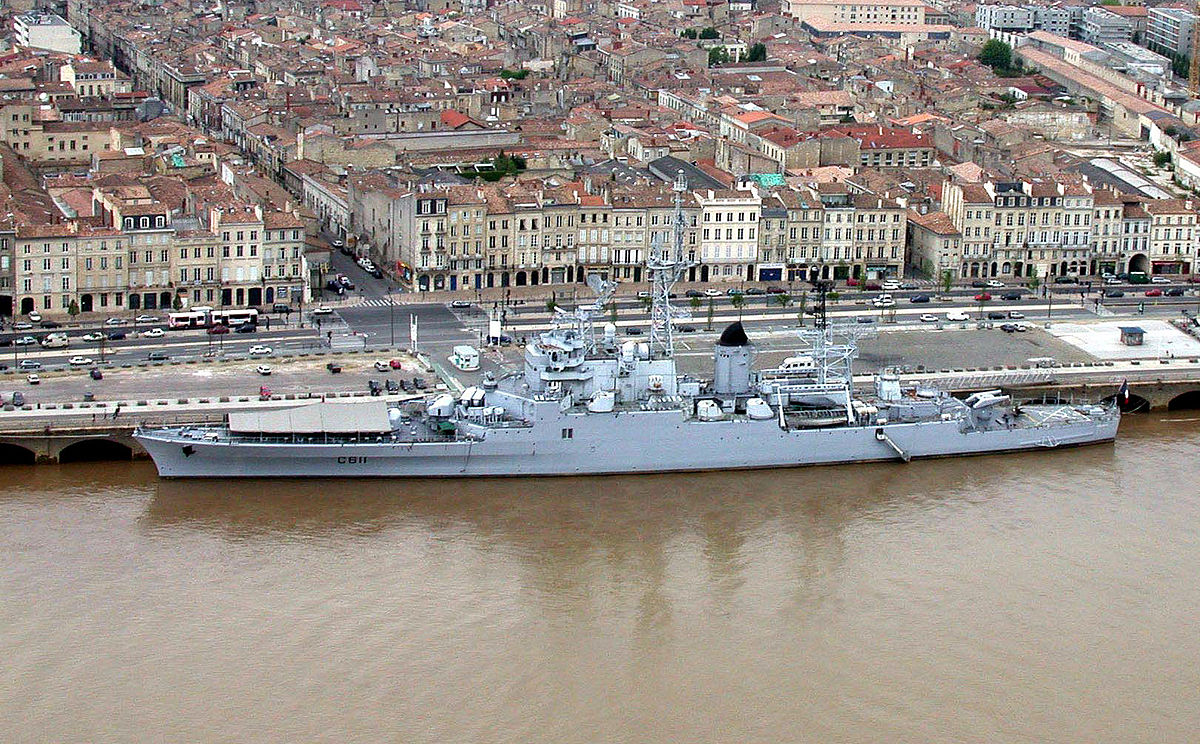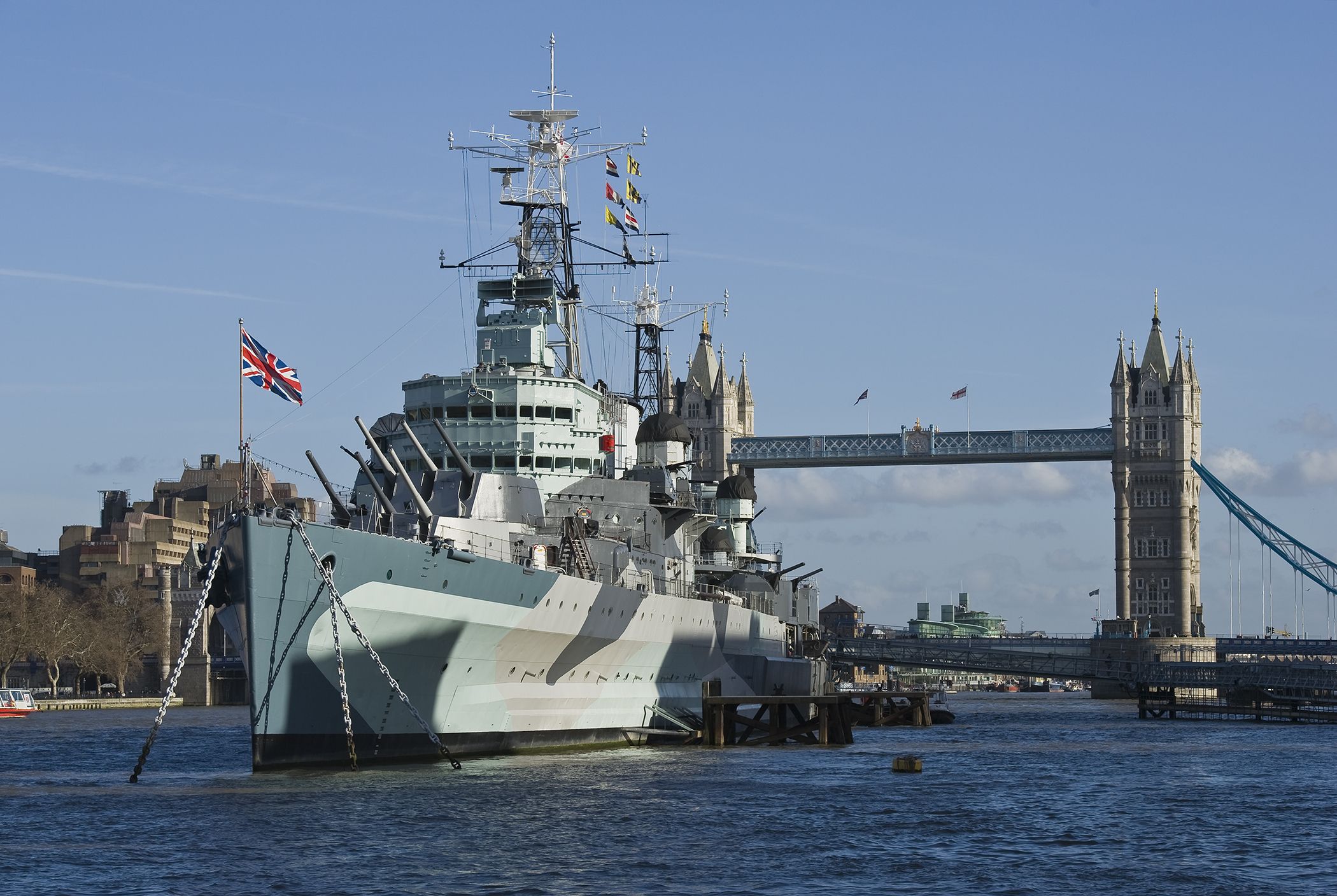The cruisers were severely limited by beam, volume and stability, battleships in general were nowhere near as limited, while later British battleships were configured with very extensive aviation facilities between the funnels. Irrespective of whether they retained them through their lives or were even completed with them, the aviation facilities (heavy weight catapult design for a TSR/ Swordfish and hangars) meant the ships had substantial space and stability that could be repurposed for missile stowage and launchers without having to cut through or modify armoured decks, bulkheads or barbettes.
The aircraft hangars were on either side of the funnels, so if you want to use that volume, you are going to have to cut through the uptakes.
There also won't be enough room for all the fire control radars. You will want one SPG-49 and at least one SPW-2 per Talos launch rail, for a total of 8 separate radars if you are using a double-edged layout. Given that Talos is beam-riding, you'll also want to ensure that the SPW-2s are close to the launcher so that they can quickly gather the missiles into their guidance beam.
Given this conversion envisions keeping the main armament, space atop the superstructure will be tight if you want to keep both main battery DCTs, and that's not including the other air and surface search radars, and heightfinders. If you remove the DCTs and centerline secondary directors, CRBFD and Bofors, and turn funnels into Macks, you may be able to install these directors, and an incredibly austere radar layout, which will massively limit the utility of the SAMs you are putting on your ship, since you will not be able to use them at full capacity (the Counties were dependent of Data-links with carriers equipped with Type 984 for this), and at this point the main guns are just deadweight unless you want to see if the SPG-49s can do surface gunnery (they were like Type 901, originally intended as a gunnery fire control system, but considering the changes the Type 901 went through to be a missile guidance system, I doubt that either the SPG-49 or Type 901 were capable of gunnery control when they entered service as missile fire control systems).
According to Okieboat, the Mk 7 GMLS weighs 400,000lbs, approximately 178 imperial tons (I don't know is just the magazine system, or if it includes the 1.5" armoured deckhouse, but given that the Mk 20 Mod 0 AEGIS Deckhouse weighed 200 tons, and carried only a pair of SPY-1 arrays and an SPG-62 illuminator, was not made from armour plate and was considerably smaller than the Mk 7 GMLS Magazine, I doubt it), and that is just for a single ended layout. I don't know the exact length of the magazine, but without the launcher, it takes up a little over a fifth of the cruiser's length, circa 120ft (although likely longer), more than Vanguard's 108ft beam.
The magazine is divided into three sections of equal length, Area 1, for fitting the wings and fins of the missiles, Area 2, the ready use magazine, containing 16 missiles, and Area 3, the missile stowage magazine, containing 30 missiles.
Even removing Area 3 (reducing each magazines storage to 16 missiles each), and putting each magazine back-to-back is circa 160ft, and remember that that does not include space for the launchers themselves.
I'll admit I did misread you, and thought you suggested one for replacements of the 5.25 inch mountings with either the Mk11 or 13 GMLS, and in addition to that, one for-one replacement of the sextuple Bofors with Sea Cat. The latter is certainly possible,
that is if these were the only changes you were making to Vanguard, although it should be pointed out that Vanguard, even it's original state, had serious problems with radio and radar interference.
The former however is still problematic, as even with 4 Tartar GMLS (whether Mk 11 or Mk 13) you will still need space for 8 SPG-51s, which will be competing for space with 4 SPG-49s, 4 SPW-2s (which will have to be somewhere close to admissions for the reasons outlined above), and however many Sea Cat launchers and directors you want (which will also depend on which version of Sea Cat you want, GWS-22 uses MRS3, which will require below-deck space for a fire control system). All of these fire-control systems will require below-deck volume for fire control computers, as well as the volume necessary for a AIO (which may event take up two decks as was intended for the GW series of missile cruiser designs).
The masts (or Macks) will also be the source of much competition for space, with a Type 992 Target Indication radar and Type 965 Air search radar likely being required (Type 992, Type 965 and Type 278 being the most austere radar out fit you could have, with Type 983 being a more capable heightfinder, for comparison contemporary double-ended US Missile Cruisers had two SPS-30 heightfinders, one SPS-43 long-range radar, and an SPS-39, and the later GW series having a single Type 992 and Type 984, which sounds reasonable until you realise that the Type 984 will be fighting for space with the SPG-49s and SPW-2s), not to mention things like UA-8/9/10 Porker,and possibly a URN-5/Type 957 TACAN Beacon for fighter control (which if you've gone to the trouble of a missile conversion, you'll probably also want to do fighter control for the Task Force as well). There will probably be space forwards for a Outfit AGG HF Discone on the bow, in similar position to where the US put their HF discone on their cruisers and battleships, there will probably be space down the sides of the mast for the Outfit AJE VHF candlestick-shaped antennas, and there will probably be space on the mainmast for that weird HF anntenna that I can't find either a Type or Outfit designation for, but which appears on the mainmast of both
Belfast and the
Tiger class.
One might also ask where the displaced boats are going to go? In the Original Vanguard design (and on the KGVs and Lions) they were situated on the aft superstructure, before being displaced amidships to where the former aircraft facilities were. Reducing boat complements was deemed unacceptable even in wartime, so I doubt they'll be any ore acceptable in peacetime. I don't have the exact fit for Vanguard herself, but the complement for Lion's 1938 design was three 45ft Motor Boats, one 45ft Motor Launch, there 25ft Fast Motor Boats, one 16ft motor dinghy, two 32ft cutters, two 27ft whalers and two 16ft dinghies.





